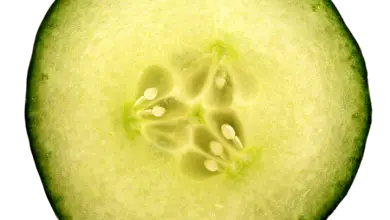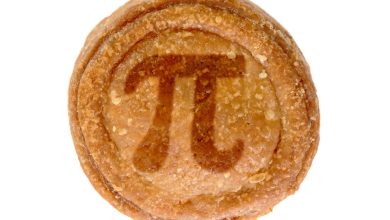
Python’s range function is a versatile tool that can be used in a variety of ways to enhance your projects. From generating sequences of numbers to iterating through lists, the range function offers a wide range of possibilities for creative programming. In this article, we will explore 10 creative ways to use Python range in your projects.
1. Generating sequences of numbers: One of the most common uses of the range function is to generate sequences of numbers. By specifying a start and stop value, you can easily create a list of numbers that increment by a specified step size. For example, range(1, 10, 2) will generate the sequence 1, 3, 5, 7, 9.
2. Iterating through lists: Another common use of the range function is to iterate through lists. By using the range function to generate a sequence of indices, you can access the elements of a list one at a time. This can be useful for performing operations on each element of a list or for comparing adjacent elements.
3. Creating loops: The range function can also be used to create loops in your code. By specifying the number of iterations you want the loop to run for, you can easily repeat a block of code a specified number of times. This can be useful for tasks such as processing batches of data or performing calculations on a set of values.
4. Generating random numbers: You can use the range function in combination with the random module to generate random numbers within a specified range. By using the range function to create a sequence of numbers and the random module to select a random value from that sequence, you can easily generate random numbers for your projects.
5. Creating patterns: The range function can be used to create patterns in your code. By specifying a start and stop value that form a pattern, you can easily generate sequences of numbers that follow a specific pattern. This can be useful for tasks such as creating geometric shapes or generating sequences of colors.
6. Calculating sums and products: The range function can be used to calculate sums and products of sequences of numbers. By using the range function to generate a sequence of numbers and then using the sum or product function to calculate the sum or product of those numbers, you can easily perform mathematical operations on sequences of numbers.
7. Filtering lists: You can use the range function to filter lists based on specified criteria. By generating a sequence of indices using the range function and then using those indices to access elements of a list, you can easily filter out elements that meet certain conditions. This can be useful for tasks such as removing duplicates from a list or selecting only certain elements.
8. Creating animations: The range function can be used to create animations in your projects. By generating a sequence of numbers and using those numbers to update the position or appearance of objects in your code, you can easily create dynamic and interactive animations. This can be useful for tasks such as creating games or visualizations.
9. Generating sequences of characters: The range function can be used to generate sequences of characters as well as numbers. By using the range function to generate a sequence of numbers and then converting those numbers to characters using the chr function, you can easily create sequences of letters or symbols for your projects.
10. Implementing algorithms: The range function can be used to implement algorithms in your projects. By using the range function to generate sequences of numbers and then using those numbers to perform calculations or comparisons, you can easily implement algorithms such as sorting or searching in your code. This can be useful for tasks such as sorting lists or finding the maximum value in a sequence.
In conclusion, the range function in Python is a powerful tool that can be used in a variety of creative ways to enhance your projects. By using the range function to generate sequences of numbers, iterate through lists, create loops, generate random numbers, create patterns, calculate sums and products, filter lists, create animations, generate sequences of characters, and implement algorithms, you can unlock a world of possibilities for your programming projects. So go ahead and experiment with the range function in your projects to see what creative solutions you can come up with!






